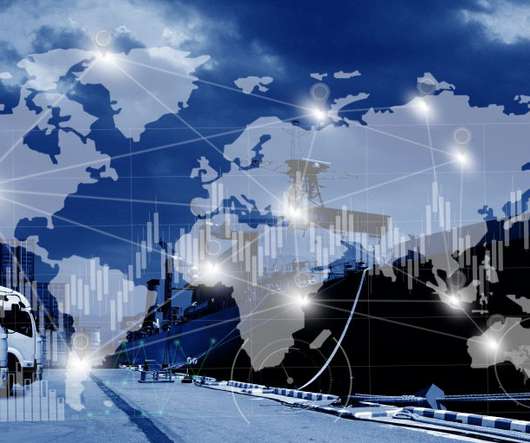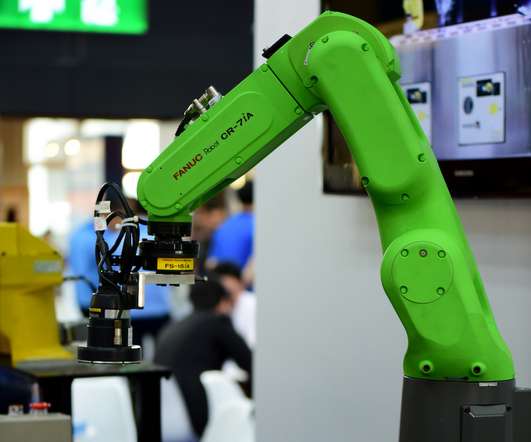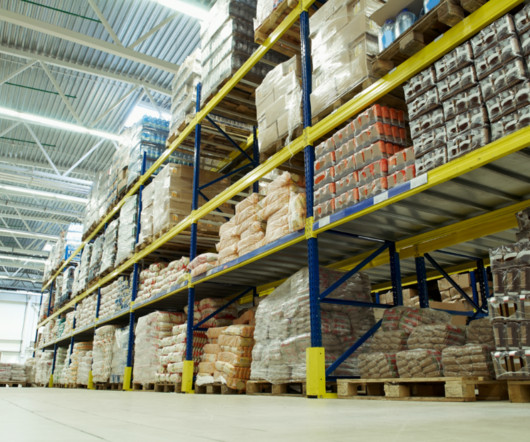Trends Transforming Logistics and Supply Chains In the MENA Region in 2023
The Logistics & Supply Chain Management Society
JANUARY 3, 2023
A McKinsey’s report published in 2022 indicates that 32 per cent of people from industries like automotive, consumer goods, and pharmaceutical find demand variability and forecasting responsible for value chain disruptions. Companies that predict demand, will be able to respond efficiently. billion by 2025.



















Let's personalize your content